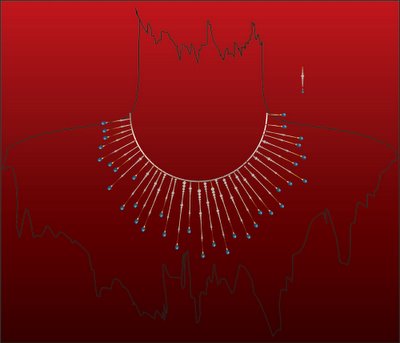Birthstones
A birthstone is a gift of a precious material (jewelry, mainly gemstones; themselves traditionally associated with various qualities) that symbolizes the month of birth (in the Gregorian Calendar) of the birthday boy or girl. It is sometimes also called birthday stone.
There have been many different sets of birthstones used throughout history and in different cultures, but in 1912 the American national association of jewelers, Jewelers of America, officially adopted the following list; it is currently the most widely used list in the United States and many other places, including Australia (a jeweler's 'modern' list states they are selected for bright colors) and Thailand:
- January: garnet
- February: amethyst
- March: aquamarine or bloodstone
- April: diamond
- May: emerald
- June: pearl or moonstone or alexandrite
- July: ruby
- August: peridot or sardonyx and sapphire
- September: sapphire
- October: opal or tourmaline
- November: topaz (any non-blue topaz)
- December: turquoise or lapis lazuli or zircon or blue topaz or Tanzanite
Zodiac stones
This is an astrologic version of the birthstones, using zodiac signs in stead of calendar months of birth, and one completely different stone (the only link) :
- Aquarius : Amethyst and moonstone
- Pisces : Diamond
- Aries : Diamond
- Taurus : Sapphire
- Gemini : Spinel
- Cancer : Emerald
- Leo : Ruby
- Virgo : Opal
- Libra : Peridot
- Scorpio : Aquamarine
- Sagittarius : Topaz
- Capricorn : Garnet
Birthday stones by the week
While this word has also been used as synonym of Birth stone (see above), there is a separate list of assignment according to the day of the week of the recipient's birth:
- Monday : Pearl
- Tuesday : Garnet
- Wednesday : Cat's eye
- Thursday : Emerald
- Friday : Topaz
- Saturday : Sapphire
- Sunday : Ruby
More about these stones
I am updating the information on the various stones mentioned above...
Context of interest about each stone will be mentioned in the following sub-headings...
- History of the stone and various beliefs and significance of the stone
- Value and worth of each stone as compared with other stones
- purchase and pricing tips
- Technical details about the material and composition
- Interesting design and setting recommendations
